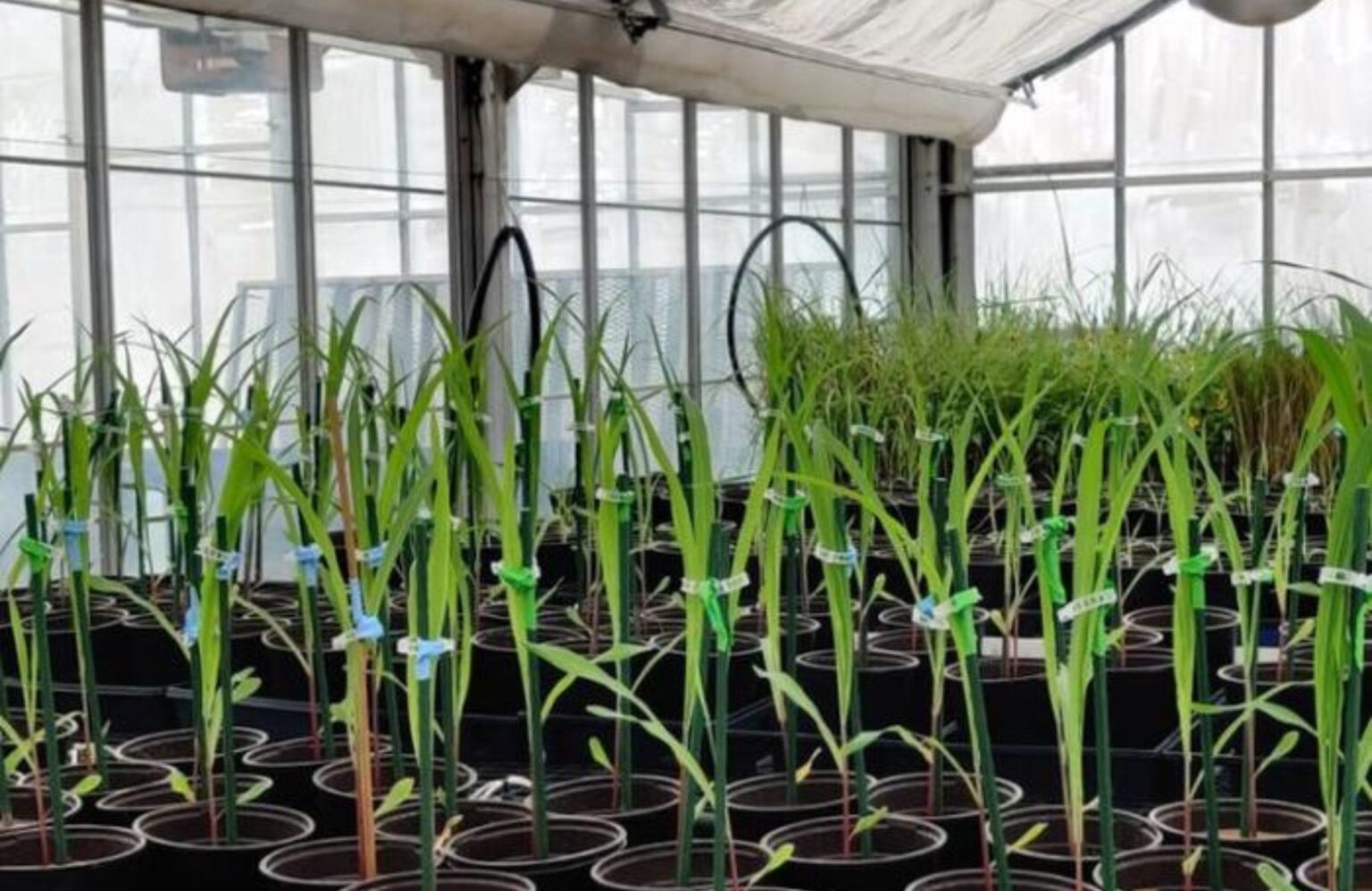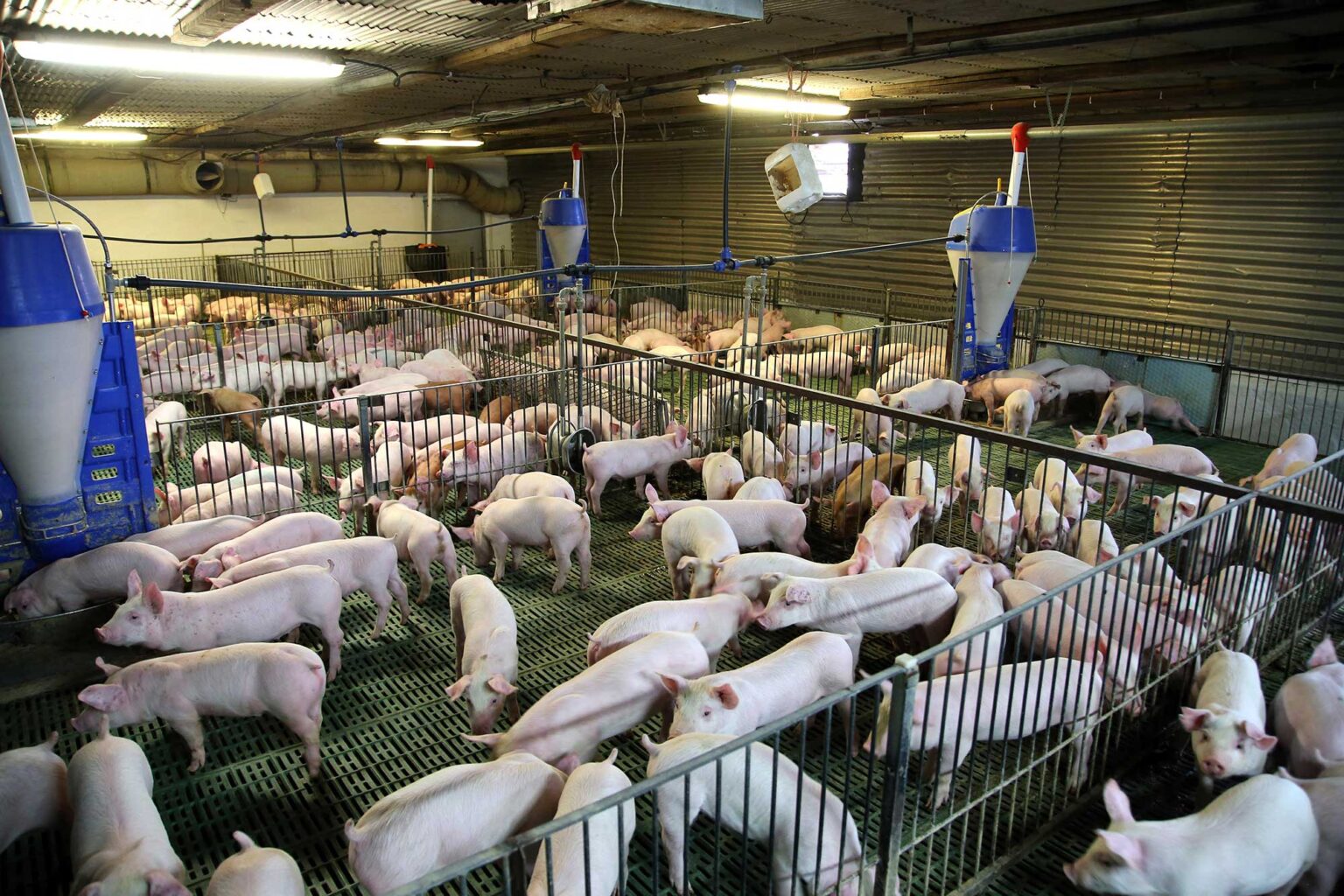Subscribe to Updates
Get the latest agriculture news and updates directly to your inbox.
Author: staff
The Trump administration has announced $12 billion in relief for farmers but that won’t cover all their losses. RYDER, N.D. — Tyler Stafslien is a fourth-generation farmer who’s worked his family’s land in central North Dakota for about 20 years. Roughly half of his 2,500 acres are typically dedicated to soybeans, a major crop in the state and in the Mississippi River Basin. But growing soybeans has become less profitable over the last decade as input costs rose and the Trump administration’s tariff negotiations in 2018 and 2025 destabilized trade and strained farmers’ incomes. This year, wary of the precarious…
1. Wheat, Corn Futures Rise on Black Sea Tensions Wheat and corn futures were higher in overnight trading on rising tensions in the Black Sea. Ukraine said it disabled a Russian tanker using drones, its third drone strike in the past two weeks. The attack was on the so-called shadow fleet of ships involved in the Russian oil trade. The ship was critically damaged, but no injuries were reported, according to media reports. Leaders from several countries are set to hold a video conference today to discuss a revised peace plan between Ukraine and Russia. Also boosting prices overnight was…
After 22 years of service, Ret. Army Command Sgt. Maj. Matthew Rutter of South Carolina didn’t so much retire as he repurposed his mission, now helping fellow retired veterans and their families build a life of purpose through agriculture. “When they leave the military, we find that a lot of veterans still have that desire to serve something bigger than themselves. And we find agriculture is a very good fit for that desire to serve because you’re now serving your community by feeding it,” Rutter explained. Project Victory Gardens Drawing on his extensive experience in strategic planning, personnel development and…
In an interesting turn of botanical events, University of Houston engineers report that while melatonin keeps us asleep, it wakes up plants, helping them grow. Melatonin, a hormone produced in the brain and reproduced synthetically in labs, is America’s sleep drug of choice, taken by roughly 27 percent of U.S. adults. It helps control the body’s circadian rhythm or internal clock, signaling you that it’s time to go to bed. “Melatonin has emerged as a pivotal molecule in agriculture due to its ability to promote plant growth and alleviate abiotic stresses,” reports Adbul Latif Khan, assistant professor of engineering technology,…
As of 9:14 a.m. CT, March corn was down 1¾¢ at $4.46¼ per bushel. January soybeans were up less than a penny at $10.87¾ per bushel. March CBOT wheat was down 5¢ at $5.29½ per bushel. March Kansas City wheat was down 2¾¢ at $5.24¼ per bushel. March Minneapolis wheat was unchanged at $5.76¼. This morning, Cole Raisbeck, commodities broker with Kluis Commodity Advisors, noted: “In quiet markets, it becomes even more important to watch local basis and spreads, since those can provide opportunities. That’s what we’ll be keeping an eye on as we move through the rest of December.”…
If you’ve been anywhere near rodeo social media this week, you’ve probably seen the outrage (and the memes) about “ridiculous National Finals Rodeo fines.” But one of the most-discussed penalties — the $250 fine issued to cowboys for wearing a protected bird feather — sits in a totally different category than, say, a dress-code or arena-conduct fine. The NRF’s rulebook states that fines imposed at a rodeo will be taken out of prize money won, and if no money is won, the contestant has 10 days to send payment to the association office. The same rulebook spells out how wide…
Gratitude improves your cardiac function, reduces inflammation, improves sleep, decelerates neurodegeneration, and becomes more resilient. Why not take two minutes in your car, on a walk to the barn, or before you open your eyes in the morning to list a few things you’re grateful for? It will literally change your brain chemistry. Practicing intentional gratitude also calms your nervous system and helps pull you out of the negativity loop that can plague those involved in agriculture. Why does gratitude help? Science shows it makes meaningful difference in cortisol levels, can lead to long-term positive changes in the brain, and…
By Jeff Beach North Dakota farmer Justin Sherlock said he is grateful for the federal ag assistance program announced by the Trump administration, but said it doesn’t replace the need for exports to China and other countries. “It’s going to keep a lot of people like myself and other producers farming one more year,” Sherlock said Tuesday, a day after the aid announcement. “We still have to continue to work with China to restore that market.” Sherlock farms near Dazey in east-central North Dakota and is president of the North Dakota Soybean Growers Association. Soybeans have been hit particularly hard…
While being forced to watch college football’s Big 10 Championship recently, a new commercial from Humane World for Animals filled my TV screen — and I must admit, it was quite well done. However, I had never heard of this organization, so while my husband focused on the struggles of Ohio State, I did some digging and came to realize the rebranding of the Humane Society of the United States — notorious for undercover videos, ballot initiatives, and the actions of its former CEO — to the new moniker. After a brief side quest on Google, I learned what that…
At the market close, March corn was up 4¼¢ at $4.48 per bushel. January soybeans were down 6½¢ at $10.87¼ per bushel. “Less positioning was seen ahead of this month’s data as the December release only updates demand, not production,” said Karl Setzer, partner with Consus Ag Consulting. “Ending stocks were forecast to be little changed this month as well, both domestically and globally. Trade showed interest in the White House’s Bridge payment announcement but is waiting for more details.” March CBOT wheat was down ¼¢ at $5.34½¢ per bushel. March Kansas City wheat was up ½¢ at $5.27 per…








:max_bytes(150000):strip_icc()/MayWheatRainDrops-1-731120a608ab4b9c8576aeff53d5ff5f.jpg)


:max_bytes(150000):strip_icc()/Markets-8-Soybeans-up-corn-down-10-39d51bc414e3404d8a298ad3f60968ec.jpeg)


:max_bytes(150000):strip_icc()/AJF_3019-scaled-1ade05d0d79743dab72e18aa87c15a25.jpg)

:max_bytes(150000):strip_icc()/Markets-7-Corn-up-soybeans-down-3-8a19ee3772234e24930af71711d04827.jpeg)